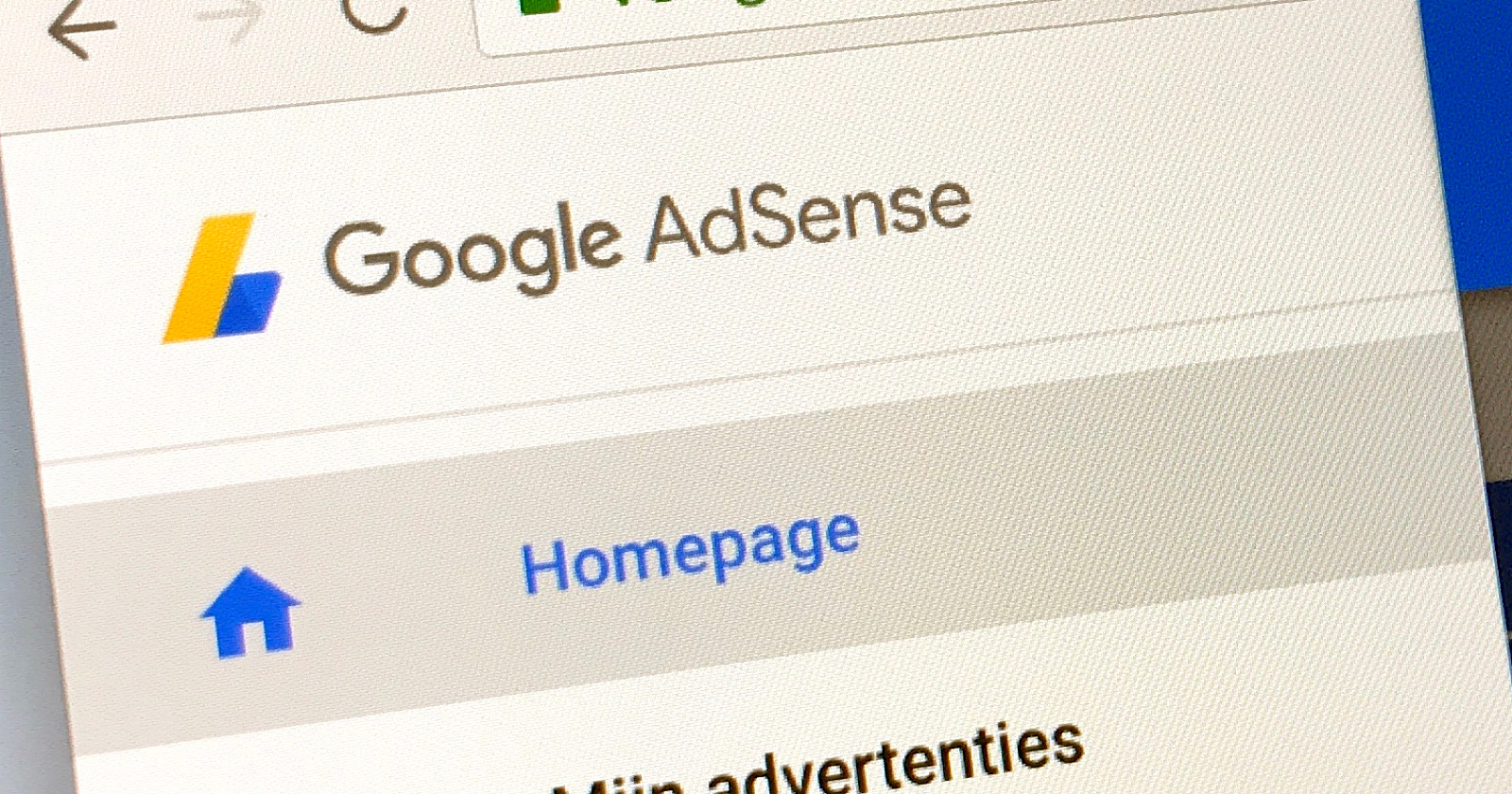Google has introduced several new features to AdSense to simplify managing sites connected to the ad network.
The updates aim to help publishers quickly verify site ownership and check their ads.txt status.
Real-Time Site Ownership Verification
AdSense performs real-time verification when a publisher adds a new site to their account.
In the past, verification required a manual review process that could take over a day. Real-time verification allows publishers to set up ads faster after registering a new property.
New Meta Tag Verification Method
Publishers can now use a meta tag to confirm site ownership with AdSense.
This method is an alternative to the traditional AdSense code snippet, designed for those who wish to avoid displaying ads on their homepage.
By placing the meta tag code between the < head> and < /head> tags in their page’s HTML, publishers can verify their site without the need to embed the AdSense code on the homepage.
Enhanced Ads.txt Tracking
The AdSense interface now displays the latest crawl date and time for a site’s ads.txt file. A “Check for updates” button lets publishers manually request AdSense to re-crawl their ads.txt.
These features help publishers confirm their ads.txt implementation is working correctly.
How To Add A New Site To Google AdSense
For those unfamiliar with the AdSense system, adding a new site involves signing into your AdSense account, clicking ‘Sites,’ then ‘+New site,’ and entering your site’s URL.
If your site is hosted on a partner site like YouTube, you must go to your host partner to add your site to AdSense.
After saving, your site will appear on your ‘Sites‘ page with a status marked as “Requires review.”
Verification of your site with AdSense can be done using one of three methods:
- AdSense code snippet: Placed between the < head> and < /head> tags on each page where you want ads to appear.
- Ads.txt code snippet: Uploaded to your site’s root directory:
- AdSense meta tag: Same as the code snippet. It is best used if you prefer not to display ads on your homepage.
Once the site is verified and reviewed, it can show ads.
In Summary
These new features and improvements will streamline the verification process and give users greater control over their AdSense accounts.
The site verification and ads.txt improvements are rolling out now to all AdSense users. Publishers can access the features by signing into their AdSense account and navigating to the Sites page.
Featured Image: Jarretera/Shutterstock





